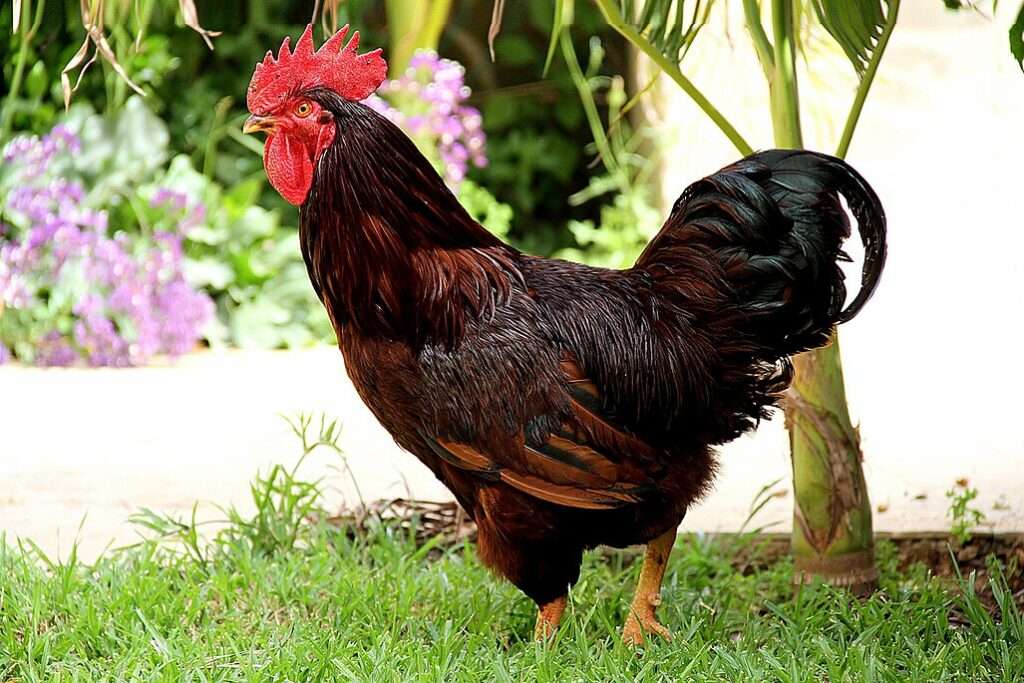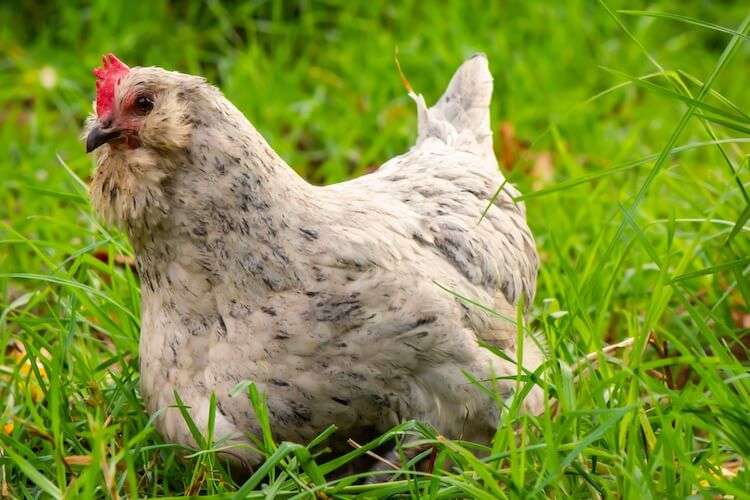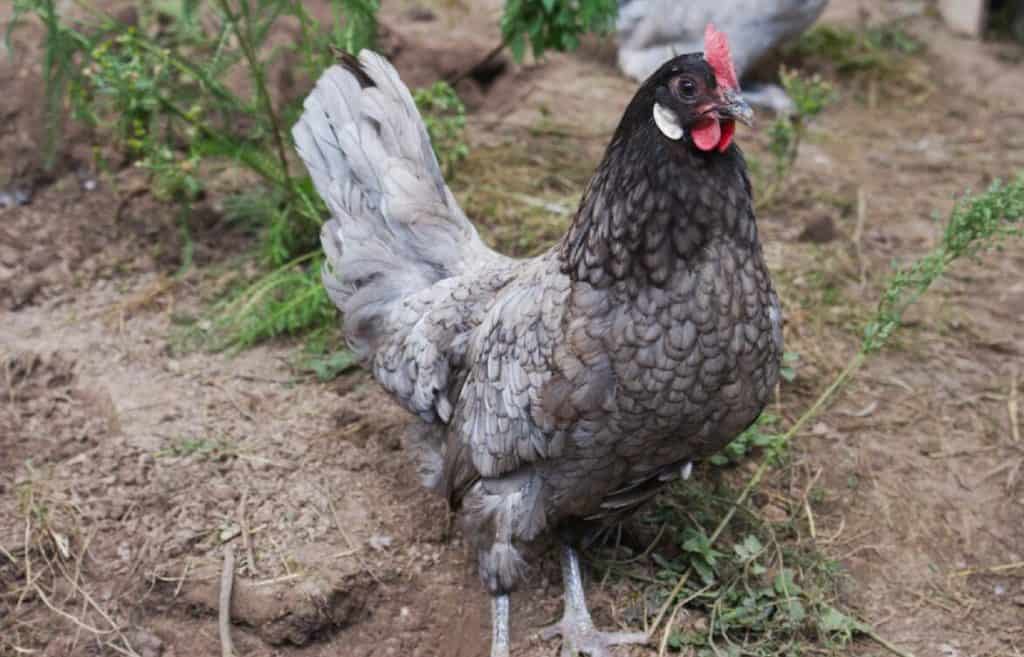
A domestic chicken breed popular in America is called the Rhode Island Red. It serves as Rhode Island’s official bird. By breeding birds of Asian descent, such the Malay, with Italian brown Leghorn birds, it was produced there and in Massachusetts in the late nineteenth century. Modern strains have been cultivated for their egg-laying prowess. It was a dual-purpose breed, grown for both meat and eggs.
Description
The original Rhode Island red has predominantly black tail feathers and lustrous deep pink to practically black plumage. The comb, which can be either single or rose-comb, as well as the earlobes and wattles, are all bright red. Birds have yellow feet and legs with red toes and sides of the shanks. They also have reddish-brown beaks. Compared to the old-type breed, industrial strains may be smaller and lighter in color.
As Pet

Housing
In your coop, four square feet per bird should be adequate. Things within the coop might soon get worse if you don’t allow each Rhode Island Red enough room. They won’t require much perch space, especially in the winter when they like to snuggle, but up to 10 inches of perch space per bird is perfect in the summer when they spread out to be cool. The Rhode Island Reds would be at home in a backyard with a fence. Around 15 square feet per bird is the ideal amount to give them room to spread their wings and explore as they enjoy foraging. You won’t have to worry about their noise levels once you close the coop for the night or rush them inside due to a predator concern because, despite their love of the outdoors, they seem to do more than fine inside the coop too. They will require a typical 12″ x 12″ space in their nesting boxes.
Feeding
Providence, RI Since red chickens don’t have any special nutritional requirements, you can feed the rest of your flock to them just fine. A 21% Starter Feed, which you can buy right here, is required for chicks. From the day they are born until they are about 8 weeks old, they will consume Starter. You should move them to an 18% Grower Feed after they are 8 weeks old, which you can also get right here! From the time they are eight weeks old until they lay their first egg, pullets are given to the Grower. You must convert them to a 16% Layer Feed once they lay their first egg. You guessed right.
Temperament
A very inquisitive bird, Rhode Island Reds are generally the first ones you’ll notice when you open the coop in the morning. You might not want to establish a routine of giving them goodies first thing in the morning because they’ll want to be the first to get feed or treats as well. When you’re outside, they could follow you about in an effort to see what you’re doing because of their curiosity, which can sometimes border on nosiness. However, they are following you around most likely just to see what they can get out of it, therefore they must have another reason for doing so.
Table





